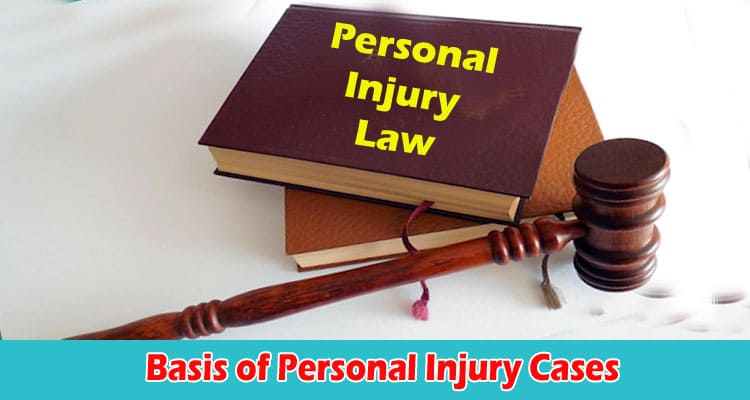Accidents are one of those events that force victims to change their outlook on life. Victims who’ve survived often have to go through a lot of hardships. These hardships aren’t just financial ones. The victim may suffer serious physical and emotional injuries. The horrible part is that some victims might have to carry their injuries for the rest of their lives, while others lose their lives.
In such situations, the best thing to do is to hire a reputable law firm like Rawlins Law APC. These firms have experienced lawyers who will provide all the assistance a victim needs for a successful personal injury case.
Four elements are considered important in a personal injury case. They are:
- Duty of care
- Breach of duty of care
- Causation
- Damages
These four aspects are together known as the elements of personal injury law. The victim has to prove these elements to show that the at-fault party’s negligence caused the victim’s losses and damages.
Duty of Care
The first element is the duty of care. It talks about the duty of an individual to act in a way that doesn’t cause harm to another citizen. Their actions must also resemble those of a reasonable individual in the same situation.
To understand the duty of care, let’s consider the example of Matt and his landlord, Tod. Matt lives in a single-bedroom apartment owned by Tod. Here, Tod has the responsibility to keep Matt’s property free of any hazardous elements that may cause harm to Matt. Tod owes this responsibility to Matt only because Matt resides on Tod’s property.
Breach of Duty of Care
The second element of personal injury law talks about the breach of the first element. In simple words, the individual failed to maintain the duty of care that was expected of them. They either performed an action that a reasonable individual wouldn’t do or failed to act in a particular situation that led to the accident.
Take the case of Matt and Tod, for example. Matt sees a few damaged steps on a flight of stairs leading to his apartment. He informs Matt about the damage. Matt, even after knowing about the hazardous situation, doesn’t put any effort into rectifying it.
Causation
Once the duty of care and its breach are proven, the next step is to establish that the individual’s breach of duty of care caused the accident.
The causation element only applies to those who owe a duty of care, as people who don’t owe a duty of care can’t breach it.
The victim here has the burden of proof to prove that the at-fault party’s breach of duty of care was serious enough to cause an accident.
Consider the Matt and Tod example once more. Matt reported the dangerous staircase to Tod, his property owner. Despite hearing about the hazard, Tod failed to act.
Damage
Proving that the at-fault party owned a duty of care, breached it, and the breach led to an accident isn’t enough. The victim must prove that they suffered actual damages and losses due to the accident.
Once proven, they can claim two types of losses.
- Economic Losses: Covers tangible losses like medical expenses and property damage
- Non-economic Losses: Covers intangible losses like pain and suffering and emotional disturbances
Let’s look at the Matt and Tod example one last time. The damaged step in the staircase gives in when Matt tries to climb it. Matt ends up with a fractured hand. In this case, Matt can sue Tod for damages because Tod owed the duty of care to his tenants but failed in this duty. This led to the accident in which Matt broke his hand (actual damages).
Conclusion
Personal injury cases are rarely simple. Victims need the assistance of an experienced personal injury lawyer in all aspects of the case, right from determining liability to negotiating compensation. If you have suffered an injury due to someone else’s negligence, reach out to a lawyer today!







